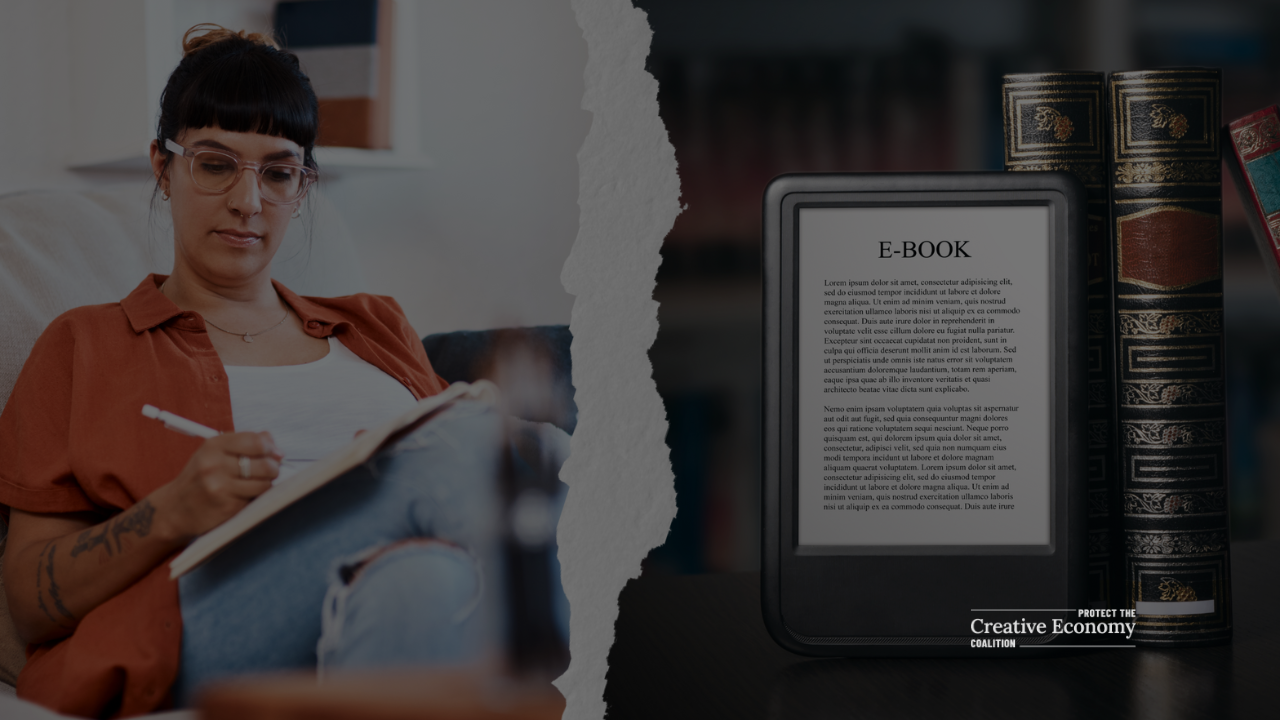In today’s digital world, it is no secret that the demand for creative content in easily accessible electronic formats has increased dramatically. That’s true of music, films, and television shows, but also e-books and audiobooks. It is also true for digital versions of library materials. In fact, Overdrive, the largest of the licensed digital reading platforms for libraries and schools, reported that in 2021 “libraries achieved all-time records for digital circulation” – more than half a billion digital checkouts – with over “120 libraries reaching one million digital checkouts.”’
E-lending allows library patrons to easily access cherished novels, biographies, poetry, and children’s books. However, there is a delicate balancing act between on-demand library e-lending and the viability of the commercial marketplace, which incentivizes authors with the promise of a fair financial return for their work.
Importantly, digital formats of books are not the same as physical formats like paperbacks and hardcovers. That’s because the nature of digital formats poses a major and recurring risk of piracy. For this and other reasons, the federal Copyright Act provides special protections for digital copies to ensure the viability of the author’s copyright interest.
These federal protections include the author’s right to control whether and on what terms they make their works available over the internet, including in an e-book format. This control applies more broadly to all types of creative content, such as music, motion pictures, and television shows, which are also distributed through digital platforms.
At the same time, authors and publishers appreciate the important role libraries play in American society to promote learning and a love of reading. That’s why publishers and authors extend favorable licensing terms to libraries and actively work with them to make electronic materials available to the public, even in a time when e-book purchases by consumers have experienced a multi-year, downward trend.
Consider that an e-book license purchased by a library may cost between $55 and $65 for a two-year period. Assuming the library offers the work for 24 checkouts over the life of the license, that amounts to a cost per reader of only $2.29 to $2.71 – far below the consumer market rate of $9.99 to $14.99 per reader.
Ultimately, authors and publishers, facing the threat of piracy, must work within the protections of federal law and the marketplace to ensure fair royalties on their creative ventures. This includes fair licensing terms to facilitate library access of creative works, while also working with library partners to improve funding and promote convenient access for library patrons.
Follow us on Twitter, or visit our website and choose to ‘Get Involved’ and subscribe to receive all the latest updates from our growing coalition members.


